We thought we'd take a look at what endangers some of the world's richest ecosystems and their inhabitants, and here's what we found.
He is about to end up run over, his mother saves himOf the we have already dealt with it many times, but unfortunately the list never ends, and in the very complicated game of natural balances it is often difficult to isolate the real causes of global biodiversity loss. What are in fact the reasons that endanger the survival of each single species? Many and often unsuspected as they are generated by a series of chain effects that are not thought about except in the face of the damage done. And what are the long-term effects of the disappearance of each individual species? Again, many and often unexpected.
We thought we'd take a look at what endangers some of the world's richest ecosystems and their inhabitants, and here's what we found.
1. Gulf of Mexico
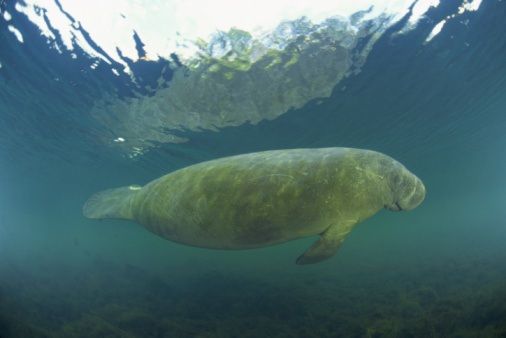
The waters of the Gulf of Mexico, already infamous for the recent massacre caused by the oil spill, have suffered a modest cooling down: for this reason i manatees (large mammals also known as "sea cows") that populate the gulf have taken refuge in search of heat in the areas where wastewater from large electrical systems is released. As the BBC reports in this report, these mammals are very sensitive to temperature changes, as the cold weakens their immune systems and even a modest variation can be fatal to them: with the passage of time it seems that the manatees have become dependent on these unnatural sources of heat, so much so that they no longer migrate seasonally to warmer areas - as was their habit. Since lately many power plants they are interrupting their activity, it will be necessary to find a way to guarantee the survival of these animals, whose habits have been artificially distorted, with consequences that are difficult to imagine.
2. Central Africa
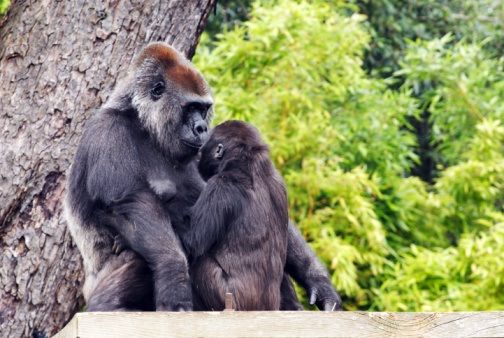
In Central Africa we find a habitat that is in a critical situation to say the least: it is in this region that i mountain gorilla, a species discovered in 1902 in the Virunga volcanic chain. These mountains extend from Congo to Rwanda and are thickly covered with a luxuriant one tropical vegetation: this is where the last specimens of this species find themselves with difficulty in surviving, in an area battered by environmental destruction and internal wars. The gradual disappearance of these apes must make us meditate: over the years the forests have been decimated to obtain wood and Bamboo, many gorillas have died from diseases contracted through humans or killed by poachers. But even the internal wars have irremediably marked the territory, and do you know what is one of the reasons why conflicts rage in that area? As this article explains in detail, one reason is intensive exploitation of mines, whose preciousness lies in the widespread application of the minerals extracted therein in the gadgets that we all use very commonly: iPods, jewels, mobile phones, cameras, computers.
3. The Great Barrier Reef
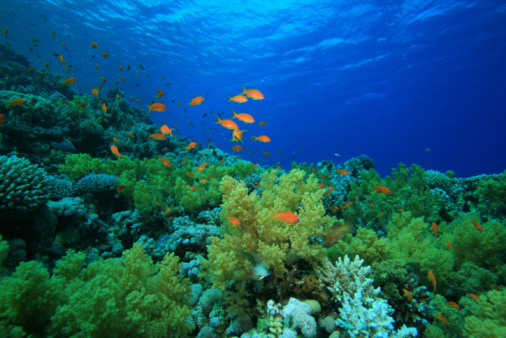
La Great Barrier Reef, located in northeastern Australia and made up of billions of tiny coral polyps, is another highly endangered ecosystem. The progressive biological depletion of this wonder (which has been a UNESCO World Heritage Site since 1981) depends not only on climate change, but also and above all on the impact of more direct human activities, such as the mass tourism andwater pollution resulting from the intensive use of pesticides, fertilizers, Petroleum and many other pollutants. Water pollution is also an important contributing cause of coral bleaching, a natural phenomenon that if perpetuated over time leads to the death of the coral. The gradual disappearance of the Australian Great Barrier is likely to also compromise the surrounding areas in a chain, leading to the death of fish and invertebrates that survive only thanks to it.
4. Gulf of Aden
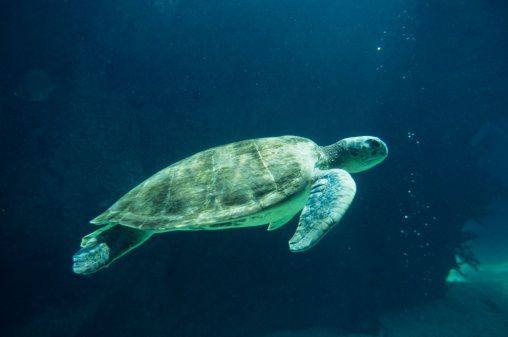
Another heavily compromised ecosystem is that of Gulf of Aden, whose crystalline waters are furrowed by Somali pirate boats on the surface, but teeming with life in depth: diving you will encounter corals, a very rare species of butterfly fish (which lives only in these waters and in the Red Sea), and thousands of splendid sea turtles: apparently the female turtles in fact lay their eggs in southern Yemen and then swim for well 2000 kilometers to reach this gulf. Now, the coasts between Somalia, Yemen, Djibouti and Eritrea are very dangerous as their difficult conformation slows down the navigation of ships, favoring attacks by pirates. There piracy it is a phenomenon born substantially from the social unrest and discontent of the Somali coastal population, impoverished by the illegal tuna fishing that other countries have conducted for decades in the waters of the Gulf of Aden and exasperated by the pollution of foreign merchant vessels. The actions of the pirates, however, in addition to making navigation in those seas difficult, also constitute an added danger for theMarine ecosystemIn fact, firearms often hit the crude oil tanks of ships, with disastrous consequences that are easily understood.
5. Forests of Sumatra
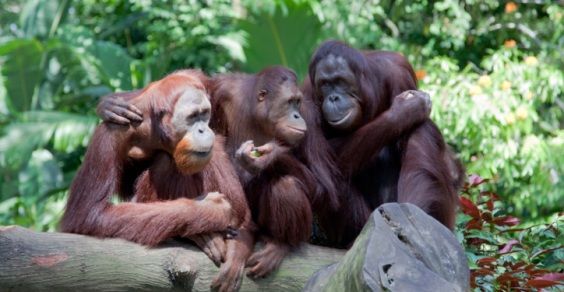
Let's move on to Indonesia. The clearing of Indonesian forests and the global demand for palm oil have drastically reduced the space available for the orangutans typical of this area: a Greenpeace report and a famous video had already highlighted how large multinationals such as Nestlé depend strictly on palm oil produced in Indonesia and therefore contribute to the destruction of this ecosystem and the disappearance of orangutans. Furthermore, let us not forget that the life of the population in this area is also intimately linked to the forest and the forms of life it hosts: its progressive destruction is inevitably a harbinger of social conflicts and large-scale upheavals.
6. Madagascar
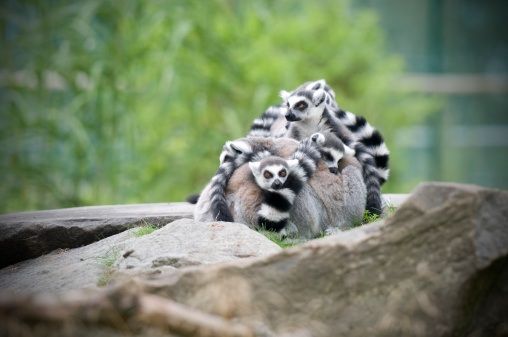
Finally, we come to one of the paradises of biodiversity, Madagascar, an island 430 kilometers from the eastern African coast that teems with biodiversity due to its very particular history: 160 million years ago it separated from the Indian continent and has been surrounded since then. from the ocean; the species, which have remained totally isolated, have therefore become evolved in a very original way. Think that 90% of its plant species and 70% of those animals are endemic, that is, they exist only there. Also on Madagascar and on the unique creatures that populate it there are - needless to say - serious threats. Not only since man arrived, about two thousand years ago, the forest area has been reduced by 90% (!!!), but the widespread practice of hunting remains, the introduction of species unrelated to the ecosystem and therefore destabilizing for its equilibrium, as well as the numerous presence of poachers and political instability.
In summary, every place hides fragile and particular balances, certainly endangered by climate change, of thepollution, deforestation and hunting, but also from apparently distant political and personal choices, which actually trigger unsuspected domino effects.
Before irreparably altering the fragile balance on which our Earth rests, we should perhaps stop and reflect and at least regain possession of the awareness that our every action, even the most apparently harmless one, can have a weight.
SZ


























